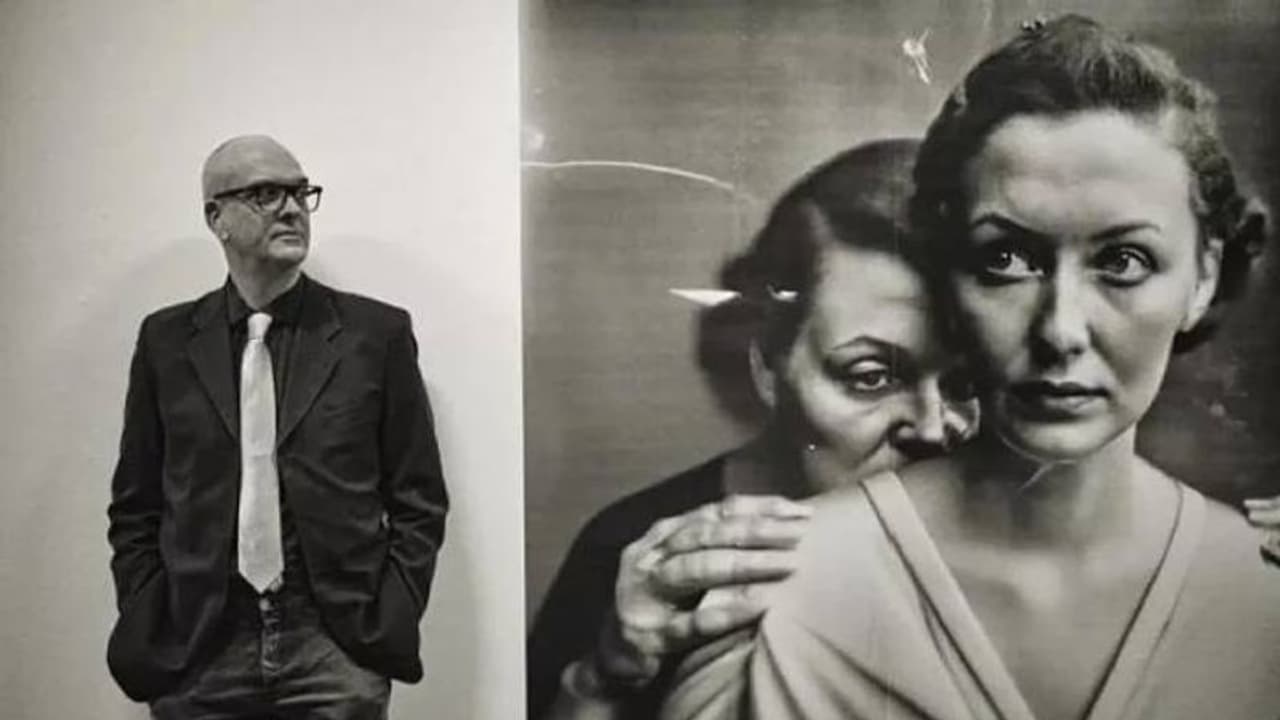The photographer declined to take the prize and stated that he wanted to see whether competitions were ready for AI photographs.
The appropriateness and utility of artificial intelligence in photography have come into sharp focus after a photographer revealed that his award-winning image was actually produced by AI. The artist also declined to accept the Sony World Photography Awards following the unexpected disclosure.

With his entry, "The Electrician," German photographer Boris Eldagsen took first place in the Creative Category of the art competition. The photographer, however, declined to take the prize and stated that he wanted to see whether competitions were ready for AI photographs.
In a statement shared on his website, Eldagsen admitted he had been a "cheeky monkey", thanking the judges for "selecting my image and making this a historic moment", while questioning if any of them "knew or suspected that it was AI-generated".
"AI images and photography should not compete with each other in an award like this. They are different entities. AI is not photography. Therefore I will not accept the award," he said.
“We, the photo world, need an open discussion,” said Eldagsen. “A discussion about what we want to consider photography and what not. Is the umbrella of photography large enough to invite AI images to enter – or would this be a mistake?
“With my refusal of the award I hope to speed up this debate,” Eldagsen suggested donating the prize to a photo festival hosted in Odesa, Ukraine.
The photograph 'The Electrician' features a melancholy black-and-white portrait of two women from various eras. It has a 1940s aesthetic because of the grainy sepia tone. Eldagsen, who describes himself as a "photomedia artist" on his website, employed an AI to produce the piece in cooperation with him.
The title "The Electrician" comes from Eldagsen's series "pseudomnesia," which is Latin for "fake memory." Eldagsen claims on his website that the photographs are "fake memories of a past, that never existed, that no-one photographed," produced by running them through 20 to 40 AI image generators.
